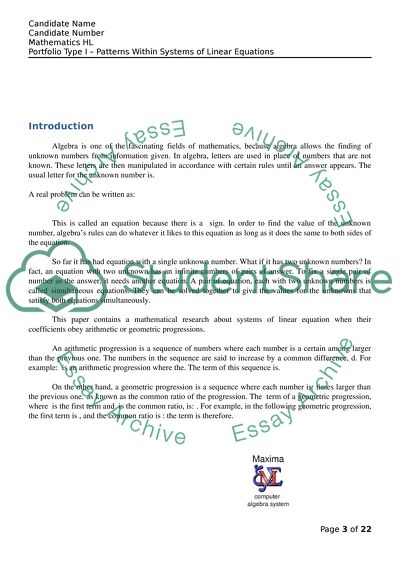Cite this document
(“Patterns Withing Systems of Linear Equations Math Problem”, n.d.)
Retrieved de https://studentshare.org/mathematics/1390947-patterns-withing-systems-of-linear-equations
Retrieved de https://studentshare.org/mathematics/1390947-patterns-withing-systems-of-linear-equations
(Patterns Withing Systems of Linear Equations Math Problem)
https://studentshare.org/mathematics/1390947-patterns-withing-systems-of-linear-equations.
https://studentshare.org/mathematics/1390947-patterns-withing-systems-of-linear-equations.
“Patterns Withing Systems of Linear Equations Math Problem”, n.d. https://studentshare.org/mathematics/1390947-patterns-withing-systems-of-linear-equations.


